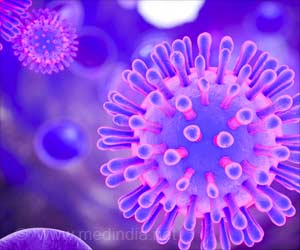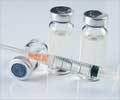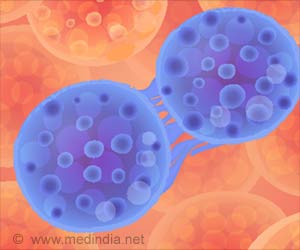In cancer treatment anti-OX40 antibodies target the mIgG2a isotype and delete cells called Treg cells to kill the cancer cells.

‘In cancer treatment, anti-OX40 antibodies target the mIgG2a isotype and delete cells called Treg cells to kill the cancer cells.’
Read More..




During an immune response, OX40 is a 'co-receptor' that helps to stimulate the production of helper and killer T-cells. The cancer cells avoid the detection by suppressing immune responses to stop functional tumor specific T-cells from being produced.Read More..
In the study, the team found that switching the antibody's isotype (the part of the antibody that engages with cells of the immune system) could change the way the antibody worked. By using the mIgG2a isotype, the antibody could delete cells called Treg cells which are suppressive in the immune system. In the presence of mIgG1 isotype, the antibody could stimulate killer T-cells to increase and therefore kill more cancer cells.
Professor Cragg said, "Clinical trials with anti-OX40 antibodies have shown that the body can tolerate these drugs but unfortunately have also shown disappointing clinical responses. We need to understand why this is. This new data shows us that when there is a cancer with lots of Tregs we could use the equivalent of the m2IgGa isotype and in patients where we feel we need better cytotoxic T cells we could use the equivalent of a mIgG1 isotype to boost the immune response. This information is important for developing the next generation of OX40 antibodies that we hope will be more effective in treating patients with cancer."
Source-Medindia















